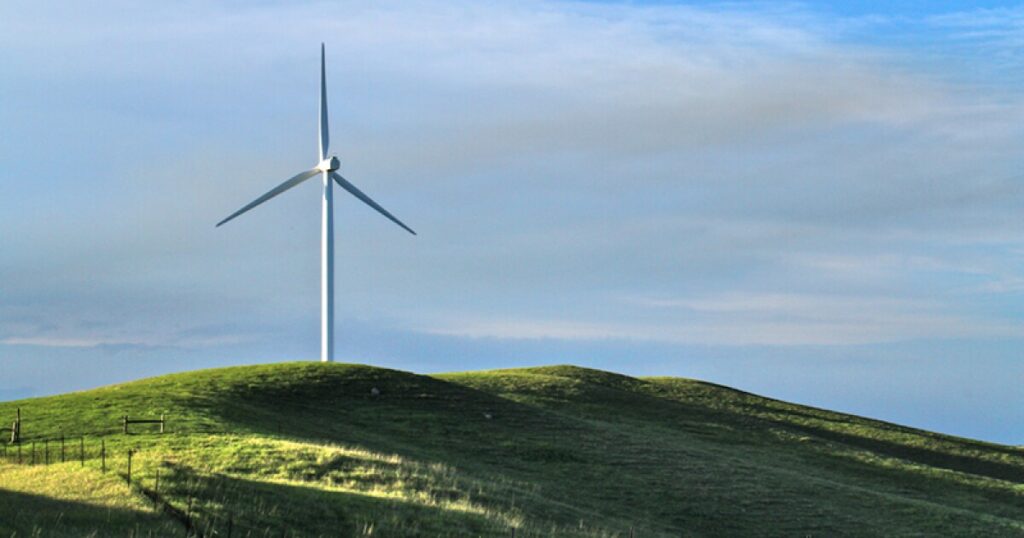Tribal Sovereignty and Wind Energy

There’s nothing easy or fun about this one.
A growing number of tribes in Oregon and California are coming out in opposition to federal offshore wind projects. Some tribes don’t believe there’s been enough research into the impacts on the environment.
At least five tribes along the West Coast have announced their opposition to proposed offshore wind development. Five areas off the California coast were auctioned off in late 2022 to build floating wind turbines. And the federal government is considering sales off the Southern Oregon coast.
Derek Bowman, a council member with the Bear River Band of the Rohnerville Rancheria south of Eureka, California, said the federal Bureau of Ocean Energy Management, or BOEM, hasn’t involved the tribes enough in the process.
“We have a huge amount of traditional ecological knowledge that could assist in a lot of assessments that they’re doing,” Bowman said. “And we’re not really included in it. It feels like we’re just a checkbox that they have to check in order to say, ‘Hey, we talked to the tribes, we’re good to go.’ And we’re not alright with that.”
The Northern Chumash Tribe, which people live in Southern California, expressed concerns about the proposed sale of two offshore wind areas near Morro Bay in 2022 before they were auctioned off. Their opposition wasn’t about offshore wind in general, but because of the sites overlapping with a nearby proposed National Marine Sanctuary.
This year, a number of other tribes came out in formal opposition to the projects. The first was the Confederated Tribes of the Coos, Lower Umpqua and Siuslaw Indians in mid-February.
“BOEM’s press release states that it has ‘engaged’ with the Tribe, but that engagement has amounted to listening to the Tribe’s concerns and ignoring them and providing promises that they may be dealt with at some later stage of the process,” said Tribal Council Chair Brad Kneaper in a statement.
More tribes quickly joined in opposition, including the Tolowa Dee-ni’ Nation, the Bear River Band of the Rohnerville Rancheria and California’s largest tribe, the Yurok. All three announced their opposition in early March.
Back in the mid-2000s, I put myself through my last years of graduate school by doing historic preservation work for Los Alamos National Laboratory, mostly writing up reports to comply with the National Historic Preservation Act when the lab torn down some building that was falling apart but something was tested there. Well, I was also writing my dissertation, mostly that and blogging at my first blog. Anyway, I was part of a larger cultural resources team that was mostly around archaeology, since that area has a very long and intense history of Puebloan occupation and due to the restrictions on visiting, it is the most untouched and unscavanged sites in the area. I saw some seriously incredible things there. There was a cave on Lab land that they had put bars over so keep intruders out. It had rock art of a guy being attacked by a bear and his spirit was leaving this life through his penis. I have to say, that is one of the damndest things I have seen in all my life and I didn’t even have to travel for that. I just had to work for a horrible part of the government during the Wen Ho Lee Security Theater Hangover. I digress.
The point is that the archaeological teams all had tribal employees on them and so I sat through a lot of meetings around the kind of consultation discussed above. It….does not move quickly. I am not surprised that industry and environmental groups would both get impatient. And yet, what does it mean when they do? What do you do when the tribes oppose the green energy development? It is 100% colonialism to ignore them. It totally is. You have to deal with that. And yet………


